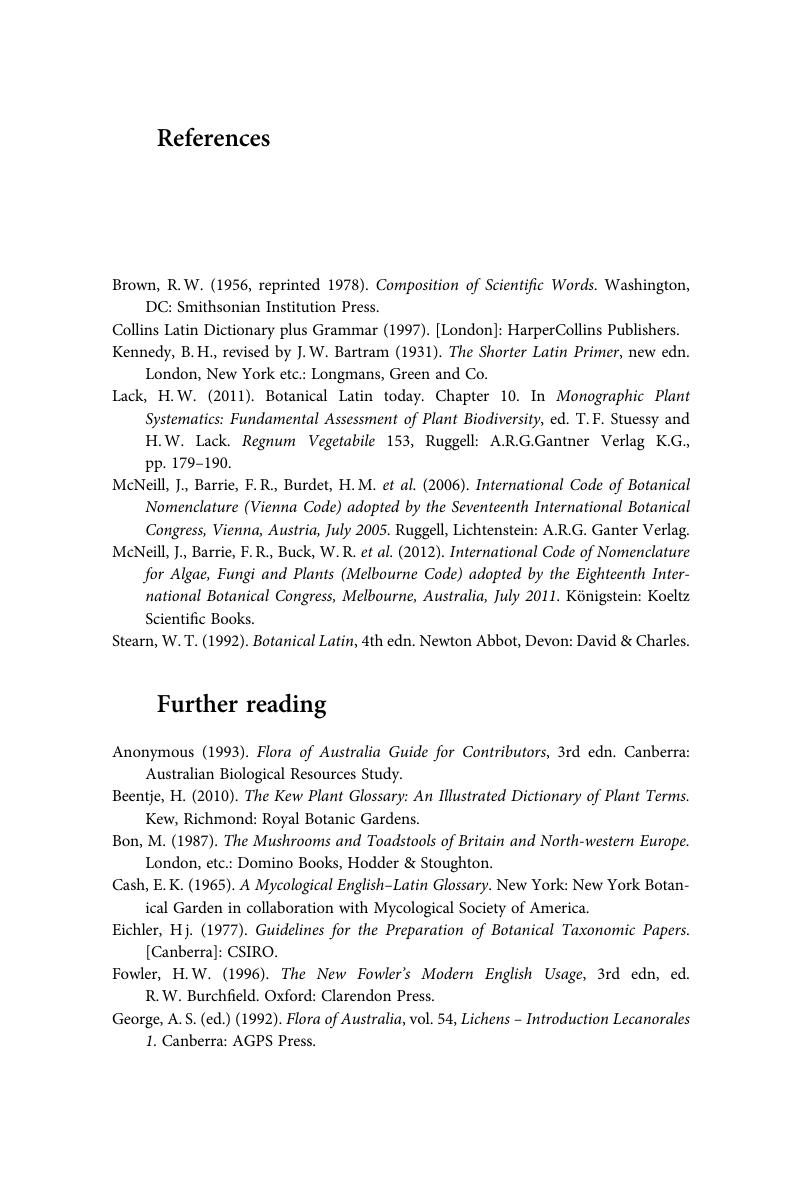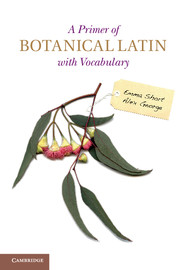References and further reading
Published online by Cambridge University Press: 05 April 2013
Summary

- Type
- Chapter
- Information
- A Primer of Botanical Latin with Vocabulary , pp. 113 - 116Publisher: Cambridge University PressPrint publication year: 2013



